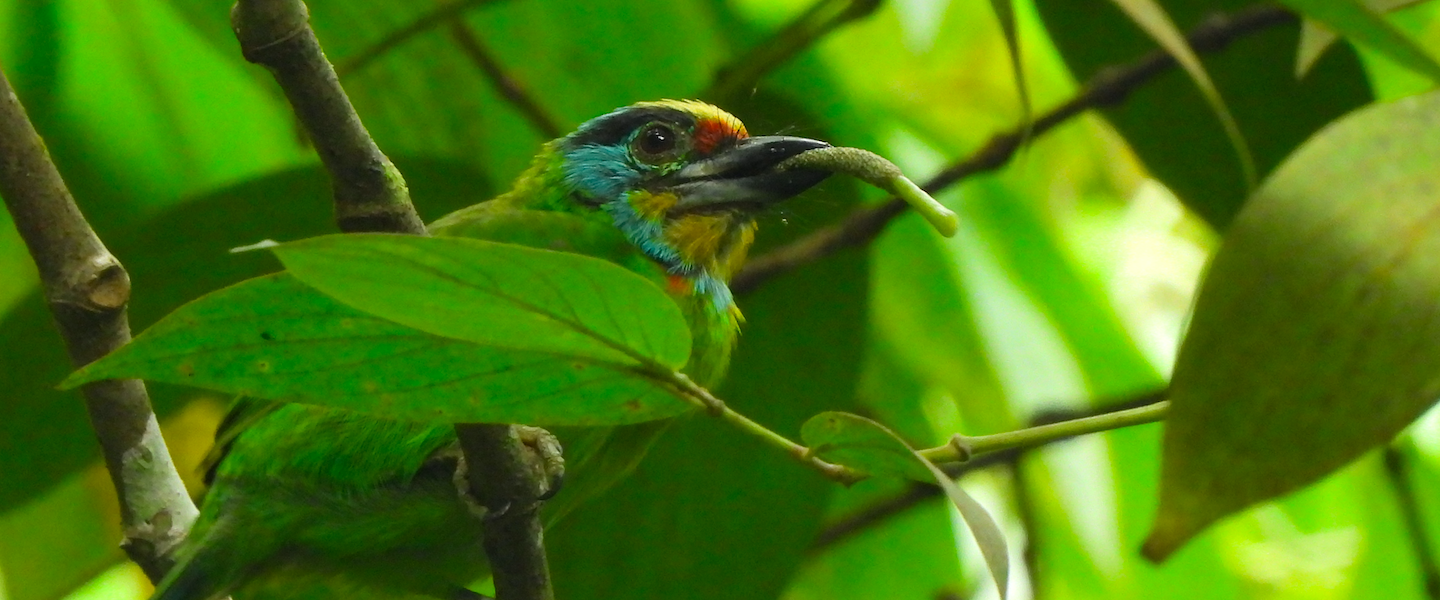A big area in the west of Madagascar is populated by the Sakalava, a former kingdom that once occupied around a third of the island. During my and the solo trip I’m on now, I’ve got to meet people from several of the eighteen ethnic groups of Madagascar, including Tanala in Ranomafana, Betsileo in Fianarantsoa, Merina from Antananarivo and Sakalava in Ankarafantsika and Mahajanga. I got the impression that the Sakalava were the most tied to their ancestors, as they explained the ways of the past generations with respect and detail — I’ve heard stories of ancestors fighting crocodiles and hunting the elusive fosa (Cryptoprocta ferox).
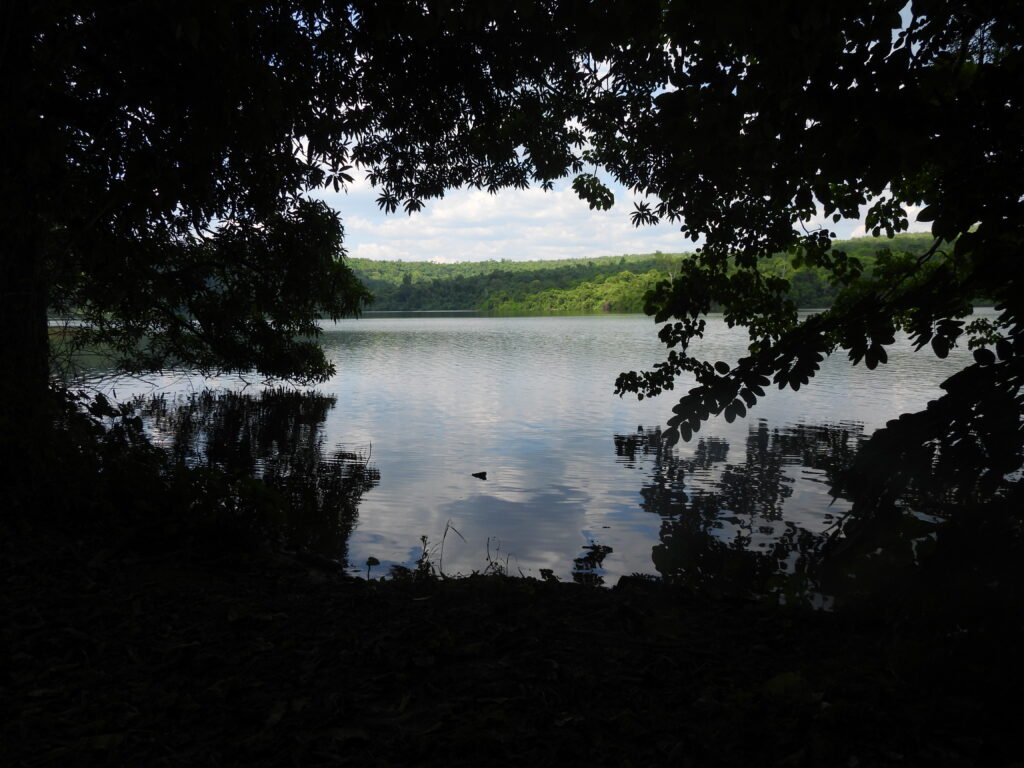
Conservation in Madagascar has been strongly determined by Malagasy tradition. ‘Fady’ is the term Malagasy use to refer to taboo, and tradition rules that certain places, animals or things should be respected for different reasons. This is the case of the lake Ravelobe, in Ankarafantsika National Park, sacred to the Sakalava and now holding an important amount of wildlife. Fady here is tied to the presence of very fierce Nile crocodiles (Crocodylus niloticus) that still produce sporadical casualties today.
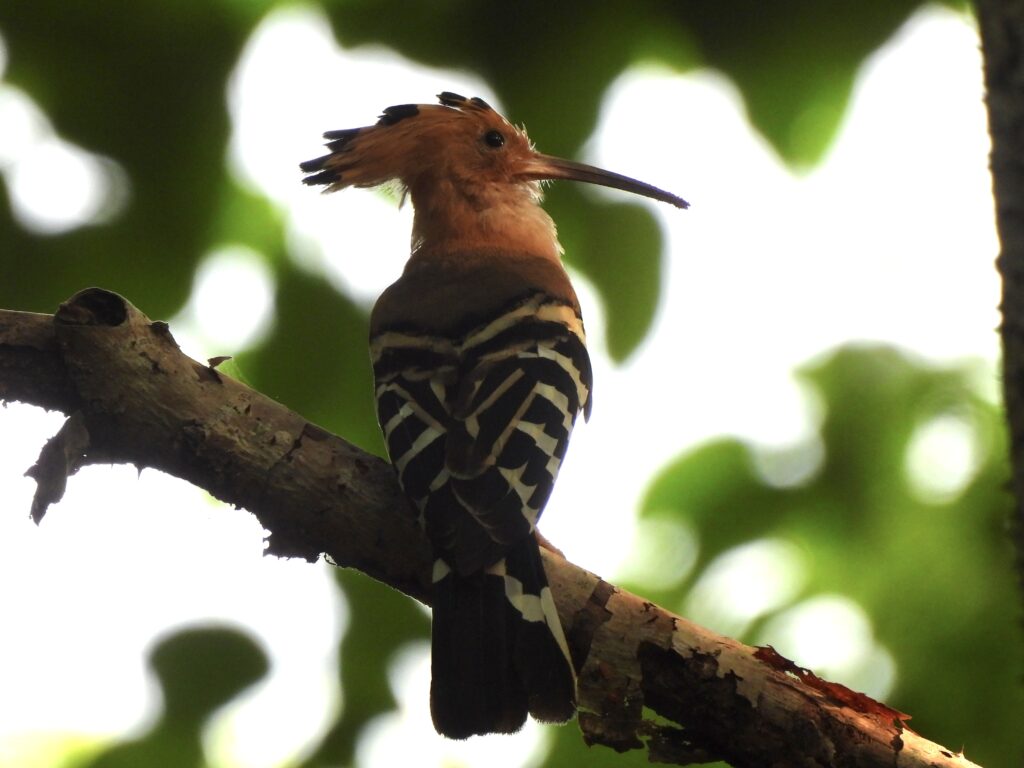
I reach the area on December 6th after 10 h of taxi-brousse (the local, cheapest transport option). I asked the drivers to stop me in the headquarters although they head to the city of Mahajanga. Carrying my tent and backpack, and excited to get to know the wonders of this corner of the island, I reach out to the park rangers and set my tent on the headquarters area once it got dark, and enjoyed a long night sleep despite temperatures around 30 ºC. I’ve been surrounded by a curious family of Coquerel’s sifakas (Propithecus coquereli) in the campsite.
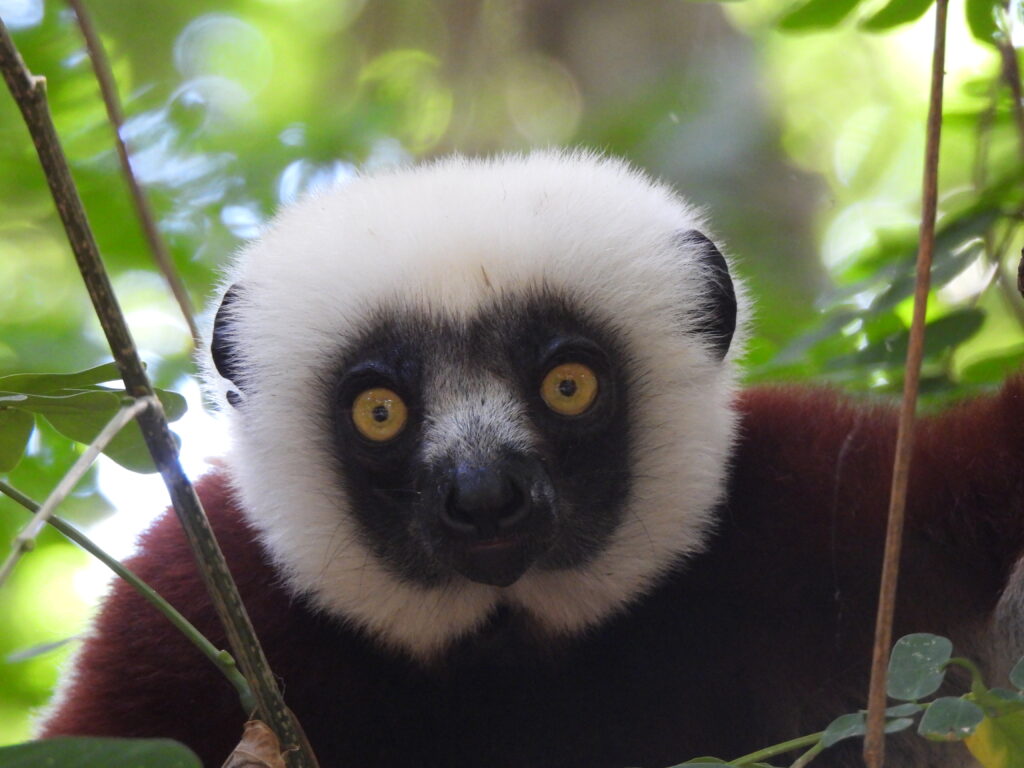
The lake is very easy to reach by foot from the headquarters of Ankarafantsika National Park, as it is only some meters away from the other side of the road. When I wake up and walk down by the lake, hundreds of western cattle egrets (Ardea ibis) come back and forth from their breeding colony, as well as some Squacco herons (Ardeola ralloides) in more modest numbers.
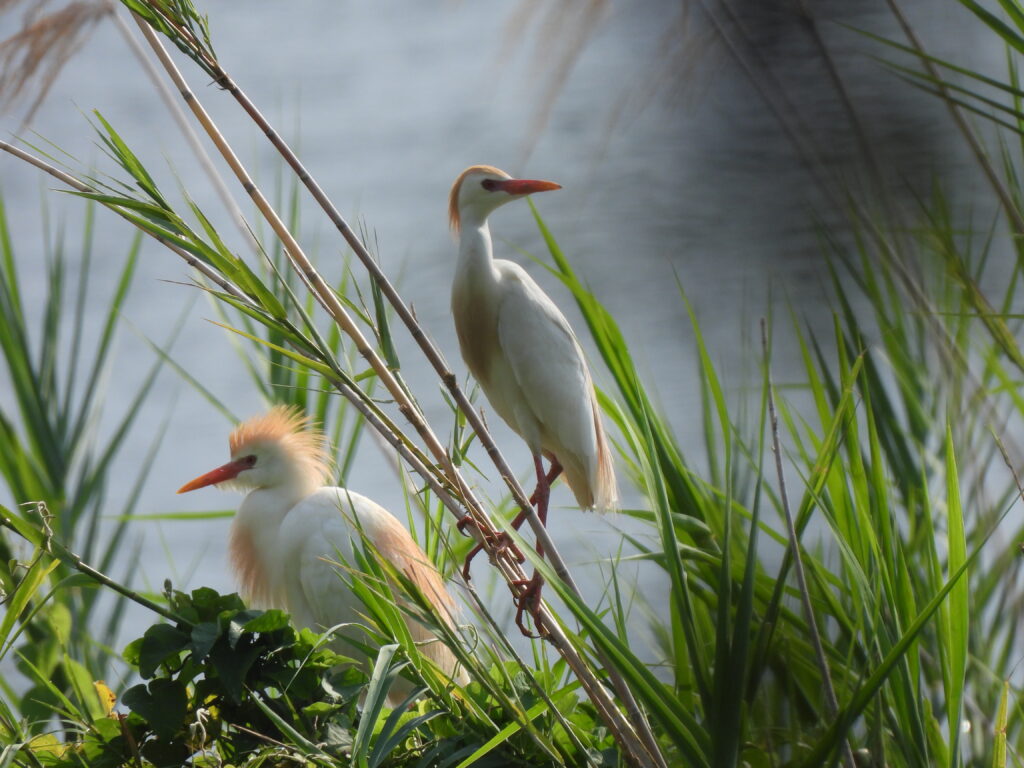
In the trees around the shore, a family of common brown lemurs (Eulemur fulvus) seem to be alert at my presence, as so are two couples of Madagascar hoopoes (Upupa marginata) which were probbing the soil with their long curved beaks. A singing male Madagascar magpie-robin (Copsychus albospecularis) of the local ‘white-winged‘ form pica minds its own business instead. There is almost always some Malagasy kingfisher (Corythornis vintsioides) in the shore of the lake every time I come by.
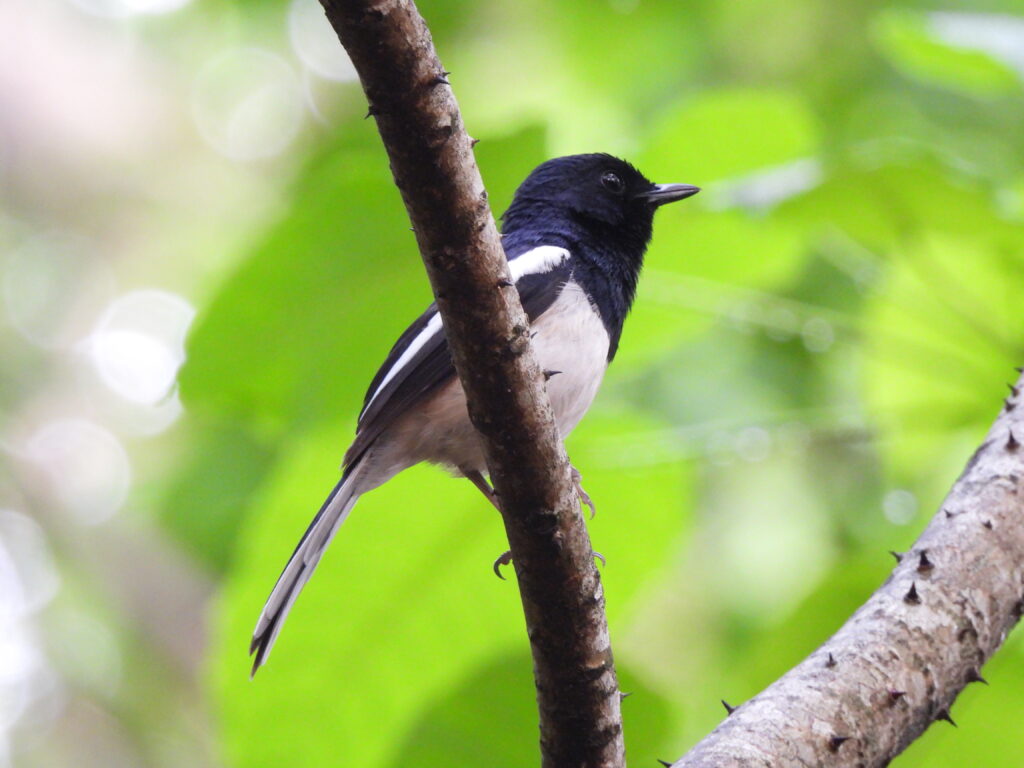
The forest around the lake is full of life. Around the headquarters area, in the trees next to the shore, I detect a nesting pair of cuckoo-rollers (Leptosomus discolor) and many nesting broad-billed rollers (Eurystomus glaucurus). Greater vasa parrots (Coracopsis vasa), Madagascar bulbuls (Hypsipetes madagascariensis) and many crested drongos (Dicrurus forficatus) are also present. In the lower vegetation and logs of the shore, good numbers of Malagasy coucals (Centropus toulou) skulk and synchronize their characteristic bottle-of-water call with other coucals in distant shrubs. In the afternoon, flocks of sickle-billed vangas (Falculea palliata) dominated the soundscape with their loud crying baby-like calls.
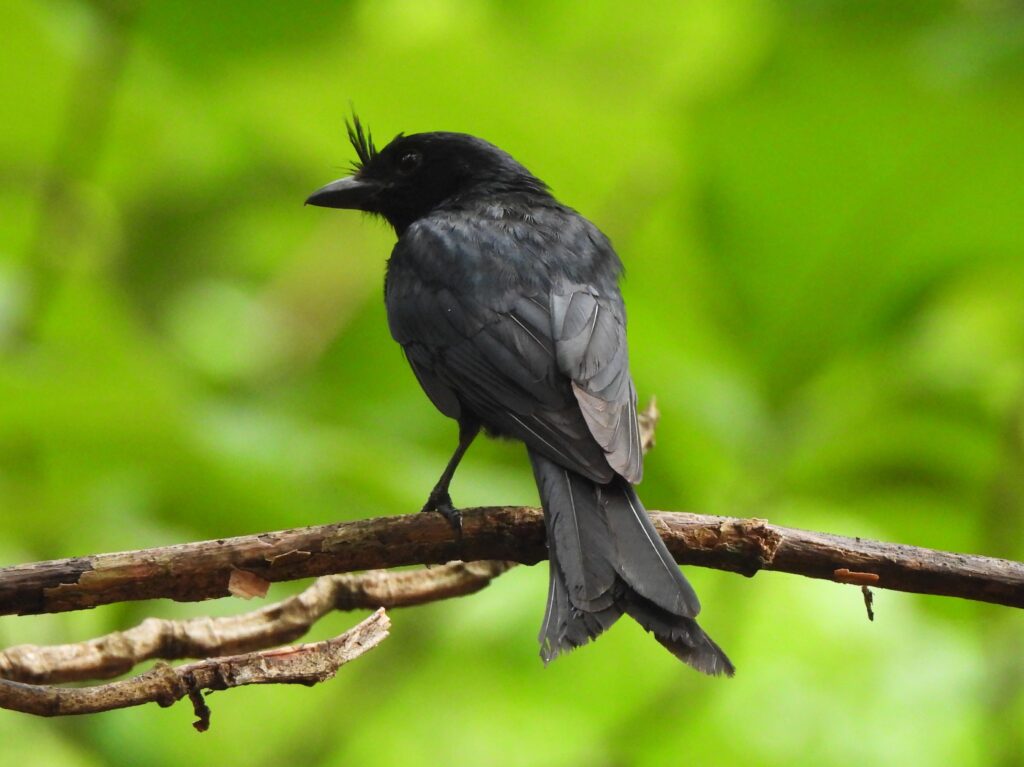
One of the activities in Ankarafantsika National Park is a boat tour in the lake, a great recommendation to get impressive views of this mythical lake and of its special wildlife (MGA 50000 plus park entrance fee of MGA 55000, around 22 € both). The boat departs from close to the camp, and borders the shores of the now very full Ravelobe in almost its entire perimeter. My guide suggested me to start at 15:00, well after lunch.

My tour starts heading north in the lake, where several olive bee-eaters (Merops superciliosus) and Sakalava weavers (Ploceus sakalava) rest. When I reach this area again walking, I also get great views of the birds, as well as some Mascarene martins (Phedina borbonica) and Malagasy palm swifts (Cypsiurus gracilis).

A bit more far north, a water dam has a small picturesque tree in the middle of the water. As we approach it, a massive Madagascar fish eagle (Ictyophaga vociferoides) approaches us and sits in this specific tree, as the boat driver gets closer and closer to it. What an amazing bird, it’s devastating to think how few of them are left. I get an idea of this when I realize how many of the pictures on the internet and on guide books are of a bird sitting in this one tree, perhaps this same individual.
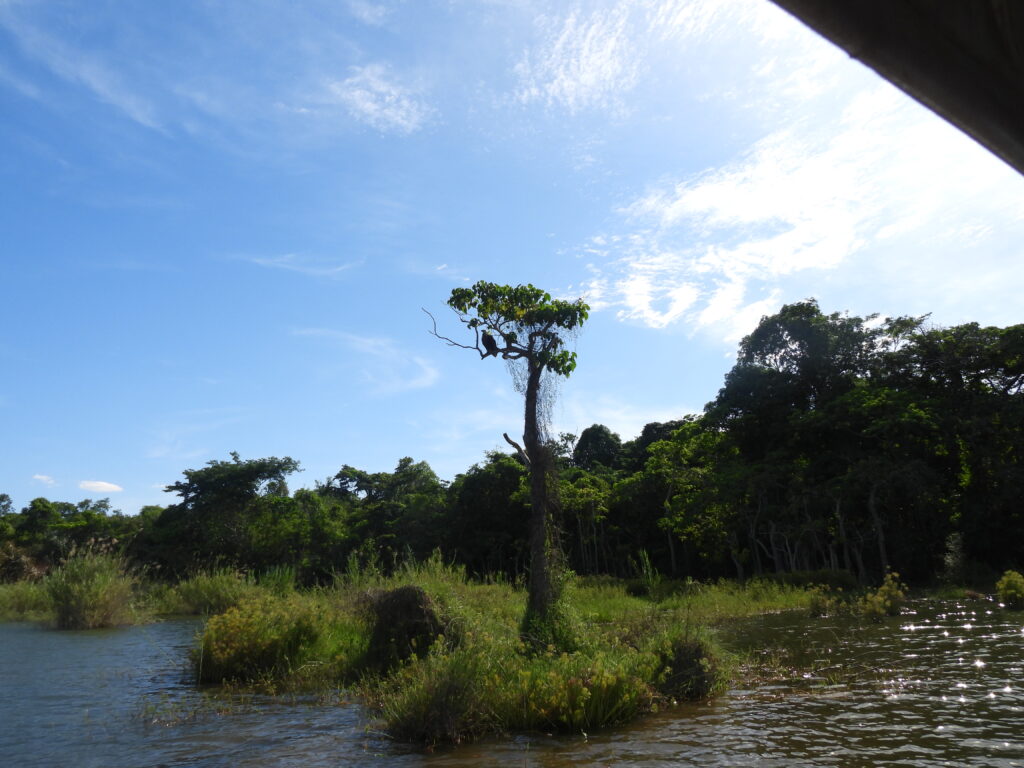
Continuing through the other shore, several Squacco herons and cattle egrets rest, whereas some striated herons (Butorides striata) try to fish from the shore. Not too far, a moorhen (Gallinula chloropus) and a purple heron (Ardea purpurea) are also trying to eat. The biggest surprise comes as what looked like a stick coming in and out of the surface: an African darter (Anhinga rufa) dives for fish — this bird can really blend into some cut reeds and plants. Luckily, a bit further away we get great looks of a bird (perhaps the same) out of the water.

I keep hearing stories of crocodiles eating kids and adults not too long ago, and now also by my guide and boat driver. The message is clear: beware. However, it is shocking to see how these guys warning me about crocodiles would wave hello to women showering in the shore of the lake, and men literally with the water up to their neck fishing, some tens of meters away from the shore, with limited protection.
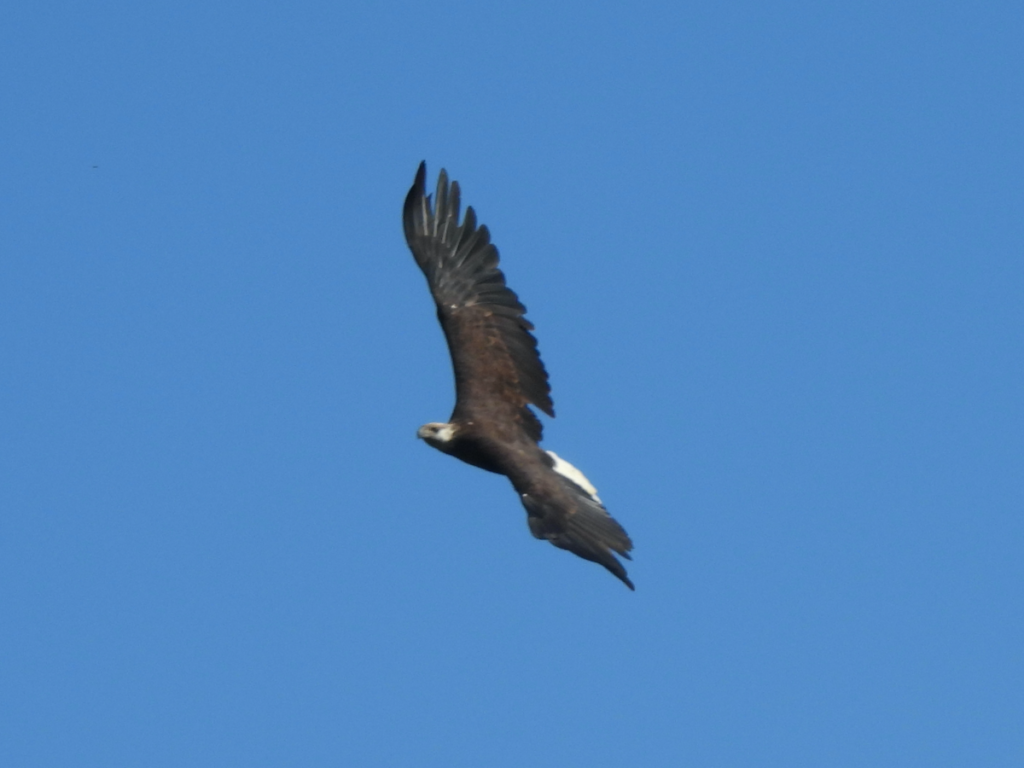
On the south end of the lake, the boat approaches a mat of floating plants, some of them invasive like the mosquito fern (Azolla sp.). A purple heron fishes from the shore close to where we stop, and suddenly, a fierce Madagascar jacana (Actilornis albinucha) scares it away effortlessly despite the important size difference. Good views of this obliging bird, which turned to be a protective parent of two small chicks, performing the typical behavior of jacana chicks hiding in the underwing of their parents. A tender and exciting moment.

Further on, we visit the western cattle egret colony, where hundreds of these birds are busy in their business. The boat gets, in my opinion, too close to the colony, as we can spot eggs with naked eye from the seats. This colony seems monospecific, although some Squacco herons rest in the reeds along. I’ve been scanning the egrets trying to spot a Malagasy pond heron (Ardeola idae), but when we depart to the initial point, both the boat driver and the guide point at a bird and scream ‘pond heron!’. Indeed, a white bird with a particular jizz, very different from cattle egrets, fly towards their colony, lands literally on the middle of it, out of good sight and surrounded by hundreds of cattle egrets.
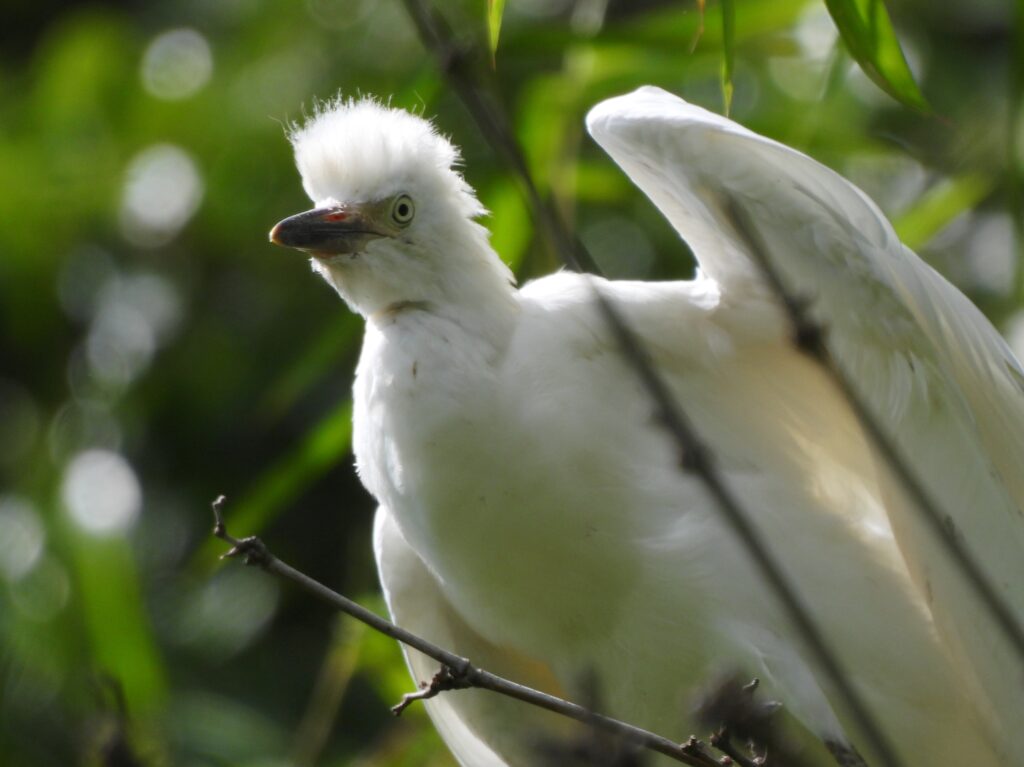
The common thread of the whole tour and the walks around the lake has been the incredible views of the lake. Somehow I can see why the Sakalava would cherish this lake, and I am happy that fady has preserved such a magical, beautiful place. There are gems which can only be found in and around this lake — either because their populations elsewhere have vanished, or because they have radiated in this biodiversity haven. One of such cases is the the golden-brown mouse lemur (Microcebus ravelobensis), a primate whose global population lies only around this lake. I was lucky to see this species on a night walk around the lake.

Consulting my guide, it seems that the best moment to visit the lake is October or the beginning of November. Water levels are low, allowing more reliable sights of Nile crocodiles, which I haven’t seen despite all the stories I have heard. In addition, it seems that shorebirds are also attracted, including white-faced whistling ducks (Dendrocygna viduata) — two birds flew over my camp eventually — and the critically endangered endemic Humblot’s heron (Ardea humbloti), which I dipped. Around the lake, birds are not nesting yet, so it’s easier to spot some of the gems of the area such as Schlegel’s asity (Philepitta castanea) — which unfortunately I only managed to hear. However, the area is definitely worth a visit regardless.

